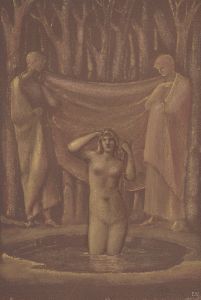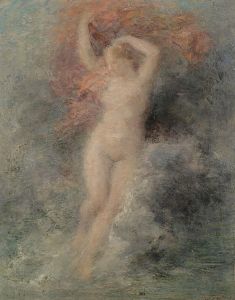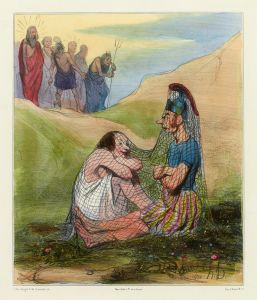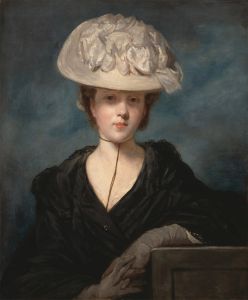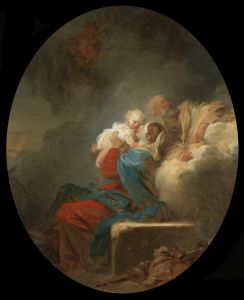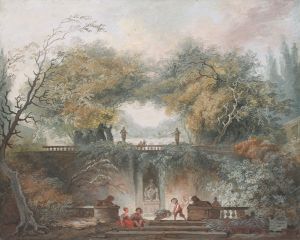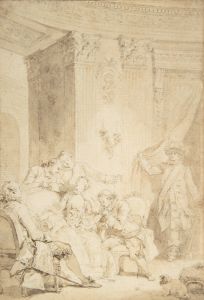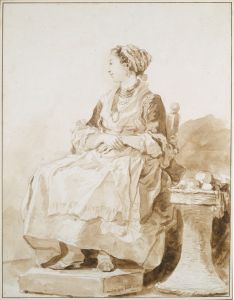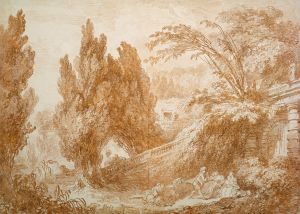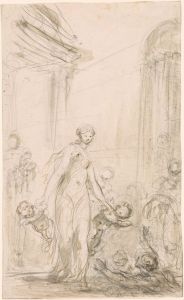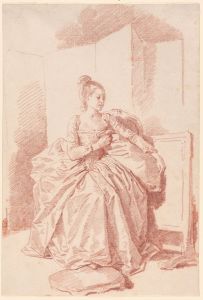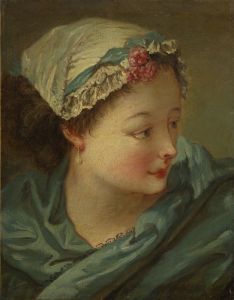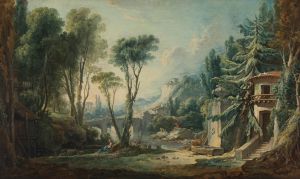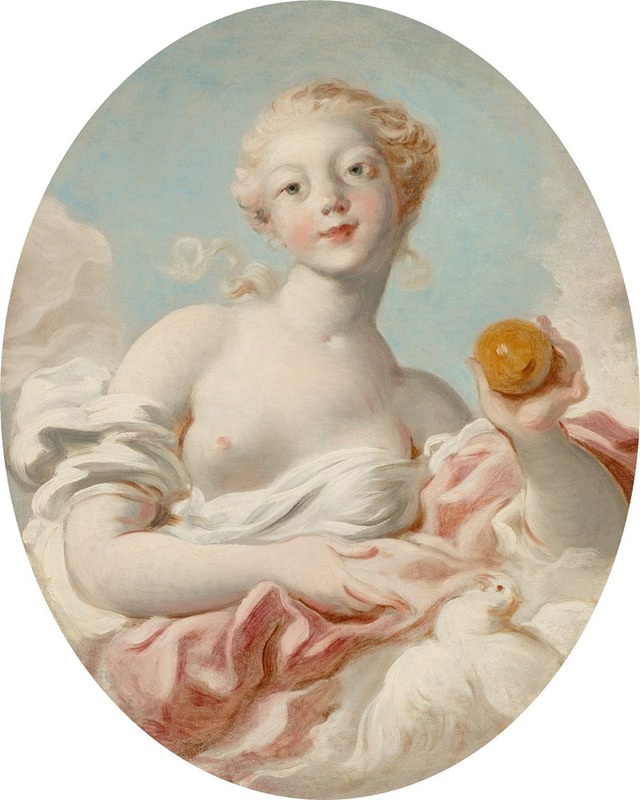
Portrait said to be Mademoiselle Marie-Catherine Colombe as Venus
A hand-painted replica of Jean-Honoré Fragonard’s masterpiece Portrait said to be Mademoiselle Marie-Catherine Colombe as Venus, meticulously crafted by professional artists to capture the true essence of the original. Each piece is created with museum-quality canvas and rare mineral pigments, carefully painted by experienced artists with delicate brushstrokes and rich, layered colors to perfectly recreate the texture of the original artwork. Unlike machine-printed reproductions, this hand-painted version brings the painting to life, infused with the artist’s emotions and skill in every stroke. Whether for personal collection or home decoration, it instantly elevates the artistic atmosphere of any space.
Jean-Honoré Fragonard's Portrait said to be Mademoiselle Marie-Catherine Colombe as Venus is an 18th-century painting attributed to the renowned French Rococo artist. Fragonard, celebrated for his playful and sensuous compositions, was a prominent figure in the Rococo movement, which emphasized lightness, elegance, and decorative charm. This particular work is believed to depict Mademoiselle Marie-Catherine Colombe, an actress or performer, in the guise of Venus, the Roman goddess of love and beauty.
The painting showcases Fragonard's characteristic style, with its soft, fluid brushstrokes and a focus on the subject's grace and allure. The sitter is portrayed with an air of refinement and sensuality, qualities often associated with Venus in classical mythology. The composition likely reflects the Rococo era's fascination with themes of love, mythology, and theatricality, blending these elements into a visually captivating work.
Little is definitively known about the identity of Mademoiselle Marie-Catherine Colombe or her connection to Fragonard. The attribution of the sitter as Colombe and her portrayal as Venus is based on historical records and interpretations, though concrete evidence remains scarce. Similarly, the exact date of the painting's creation is not firmly established, but it is generally placed within the mid-to-late 18th century, during the height of Fragonard's career.
The painting exemplifies Fragonard's ability to merge portraiture with allegorical and mythological themes, a hallmark of his artistic output. It reflects the Rococo period's penchant for blending reality with idealized imagery, creating works that are both personal and universal in their appeal. The use of Venus as a subject underscores the era's interest in classical antiquity, reinterpreted through a lens of romanticism and whimsy.
Currently, the painting is held in a private collection or museum, though its exact location and provenance are not widely documented. As with many works from this period, questions about its history and attribution remain open to scholarly debate. Despite these uncertainties, the painting remains an important example of Fragonard's artistry and the cultural context of 18th-century France.
This work continues to be studied and appreciated for its artistic merit and its reflection of the Rococo aesthetic, which celebrated beauty, intimacy, and the pleasures of life.





